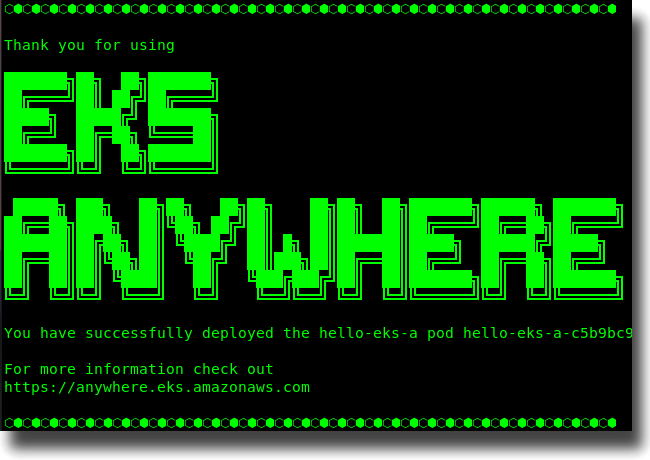Containers
Category: Compute
Creating container images with Cloud Native Buildpacks using AWS CodeBuild and AWS CodePipeline
Organizations using Amazon Elastic Container Service (Amazon ECS), Amazon Elastic Kubernetes Service (Amazon EKS), or other container orchestrators all face the same hurdle to getting up and running quickly: how do teams effectively package their application source code in a container image with speed and efficiency? This journey from “source to image” can challenge organizations […]
Using Amazon ECR replication rules to optimize your application delivery process
Last year, we released cross region replication (CRR) in Amazon Elastic Container Registry (Amazon ECR) to allow you to configure the replication for your private registry across different regions and accounts. This allowed our customers to focus on applications and value to their organizations , leaving the undifferentiated heavy lifting to AWS to manage replication […]
Container Insights for Amazon EKS Support AWS Distro for OpenTelemetry Collector
CloudWatch Container Insights collects, aggregates, and summarizes metrics from your containerized applications and microservices. Metrics are collected as log events using embedded metric format, which enables high-cardinality data to be ingested and stored in designated CW log groups at scale. Amazon CloudWatch then uses those embedded metrics to create the aggregated CloudWatch metrics from the […]
How to automate Amazon EKS preventative controls in CI/CD using CDK and OPA/Conftest
Amazon Elastic Kubernetes Services (Amazon EKS) is a fully managed service that helps customers run their Kubernetes clusters at scale by minimizing the efforts required to operate a Kubernetes control plane. AWS customers are accelerating EKS adoption to run large-scale Kubernetes workloads. As a result, customers are facing challenges to enforce security policies at scale […]
Connect any Kubernetes cluster to Amazon EKS
Amazon Elastic Kubernetes Service (Amazon EKS) now allows you to connect any Kubernetes cluster to AWS and visualize it in Amazon EKS via the AWS Management Console. You can connect any Kubernetes cluster, including Amazon EKS Anywhere clusters running on-premises, self-managed clusters on Amazon Elastic Compute Cloud (Amazon EC2), and other Kubernetes clusters running outside […]
Implementing the Saga Orchestration pattern with Amazon EKS and Amazon SNS
This blog post proposes an ecommerce scenario with an Orders microservice, an Orders Rollback microservice and an Inventory microservice that communicate with each other. This communication happens while raising an order successfully or rolling back an order when the Inventory microservice reports an error. This communication is orchestrated with Amazon Simple Notification Service (Amazon SNS) […]
Getting started with Amazon EKS Anywhere
We are excited to announce the general availability of a new deployment option for Amazon Elastic Kubernetes Service (Amazon EKS) called Amazon EKS Anywhere. EKS Anywhere allows customers to create and operate Kubernetes clusters supported by AWS on customer-managed infrastructure. It provides consistent, automated cluster management for your hybrid needs. There are no upfront commitments […]
Amazon VPC CNI plugin increases pods per node limits
As of August 2021, Amazon VPC Container Networking Interface (CNI) Plugin supports “prefix assignment mode”, enabling you to run more pods per node on AWS Nitro based EC2 instance types. To achieve higher pod density, the VPC CNI plugin leverages a new VPC capability that enables IP address prefixes to be associated with elastic network […]
Fast NLP model development with containers on AWS Fargate
This post is contributed by Efi Gazarov, Cloud Infrastructure Team Leader at Amenity Analytics NLP: the key to unlocking the full potential of data sources NLP, or natural language processing, is used to understand, interpret, and process language the way a human would by using computational methods. It sits under the umbrella of AI, along […]
Introducing CloudWatch Container Insights Prometheus Support with AWS Distro for OpenTelemetry on Amazon ECS and Amazon EKS
You can use CloudWatch Container Insights to monitor, troubleshoot, and alarm on your containerized applications and microservices. Amazon CloudWatch collects, aggregates, and summarizes compute utilization information like CPU, memory, disk, and network data. It also helps you isolate issues and resolve them quickly by providing diagnostic information like container restart failures. Container Insights gives you […]









